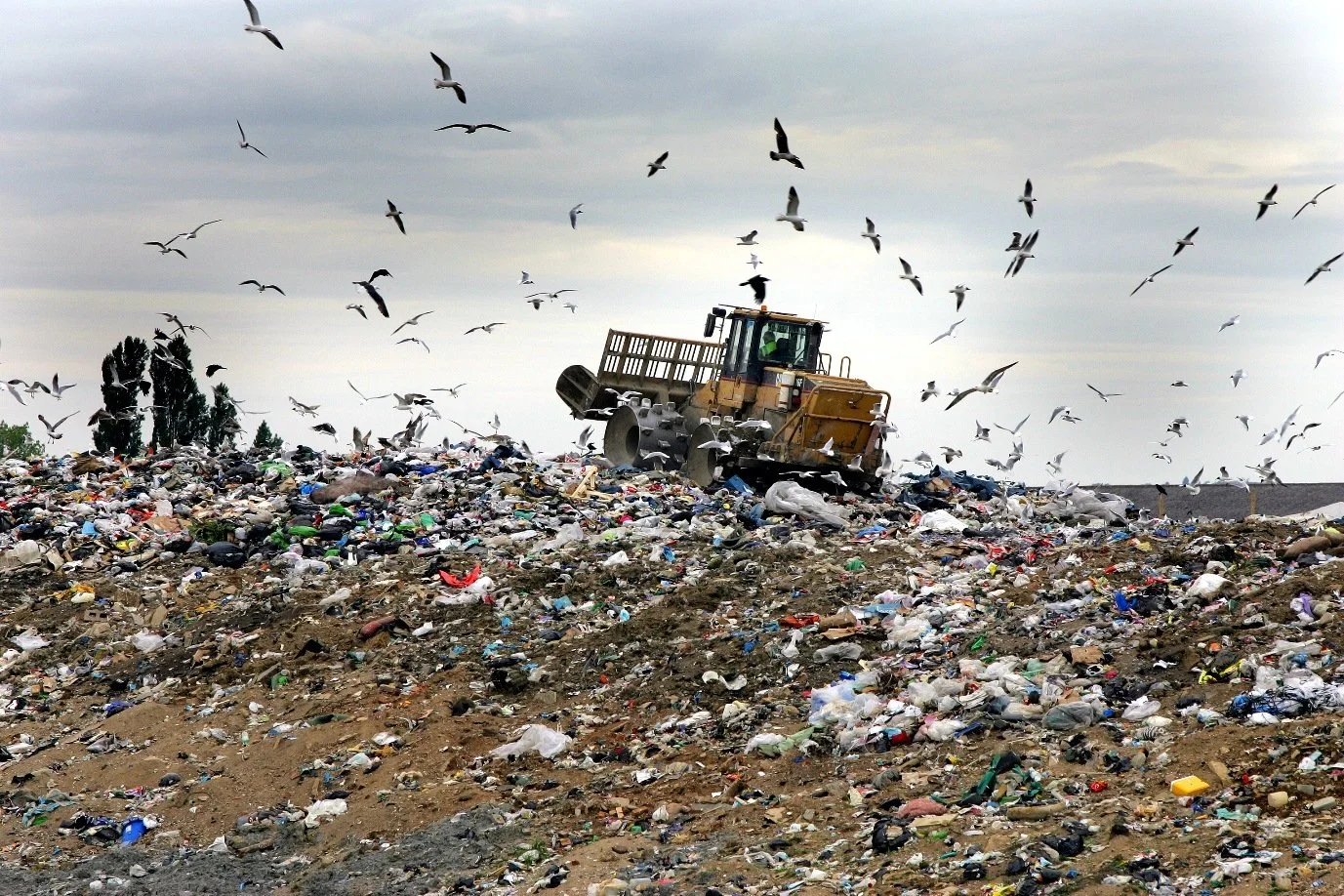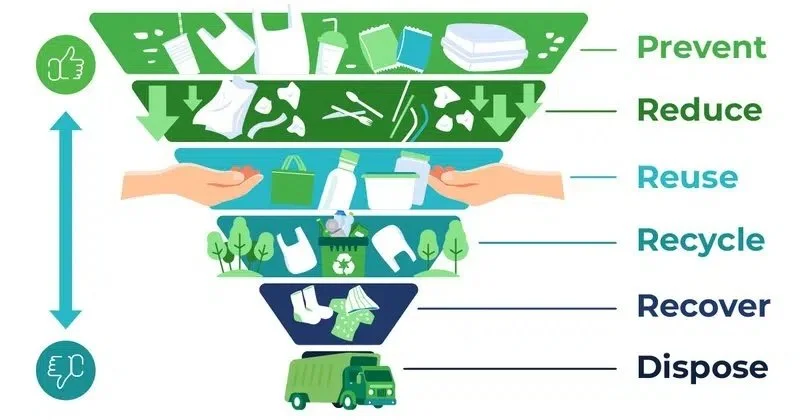Where does OUR CITY’S trash go?
waste from nyc is burned or buried.
Waste incineration is the process of burning waste to create (waste-to-energy) energy in order to dispose of it. Trash incineration is the most expensive and polluting process to make energy or to manage waste.
*NYC’s Residential waste-refuse is sent to 3 incinerators :
Niagara Falls, NY
burn
*DSNY Open Data for 2020, 2021, 2022 and 2023; Solid Waste Management Plan Biennial Update Report 2020
126 waste incinerators operate in the US, 72 of which are municipal solid waste facilities. Compared to coal, burning trash releases 90% more greenhouse gas emissions per unit of energy.
85% of waste incinerators are located in environmental justice communities. Nearly half of operating incinerators are in places where more than 25% of residents are impoverished, and more than 25% are people of color.
Incineration is the worst way to manage waste and is far more polluting than landfills. For every 100 tons of trash burned, 70 tons become air pollution, and 30 tons become toxic ash that goes to landfills, which pose health hazards to groundwater and runoff. Instead, the best approach to managing waste is a Zero Waste plan.
Incineration produces the fewest jobs compared to reuse, recycling and composting the same materials.
Incineration is the dirtiest way to produce energy – far more polluting than coal burning.
The problem with Incinerators:
Specific issues:
The ReWorld (previously Covanta) incinerator, the #1 polluter in Delaware County (Chester, PA) and the nation’s largest incinerator often labeled as “trash-to-steam,” is a major contributor to this problem. It releases harmful pollutants into the air, making asthma worse for many people in the city.
Children in Chester have asthma rates 5X the national average.
While in Newark, it is estimated that 1 in 4 children has asthma, far outpacing the national average of 1 in 11.
Chester has among the highest age-adjusted mortality and incidence rates for leukemia, and cancers of the prostate, lung, and trachea and has the highest infant mortality rate in Pennsylvania.
buRrY
*Waste that is buried in a landfill. Refuse from NYC is sent to:
Seneca Falls, NY
Lee County, SC
Jetersville, VA
Waverly, VA
Morrisville, PA
*DSNY Open Data for 2020, 2021, 2022 and 2023; Solid Waste Management Plan Biennial Update Report 2020
The problem with landfills:
Landfills can produce objectionable odors and landfill gas can move through soil and collect in nearby buildings. Of the gases produced in landfills, ammonia, sulfides, methane, and carbon dioxide are of most concern. Ammonia and hydrogen sulfide are responsible for most of the odors at landfills. Methane is flammable and concentrations have sometimes exceeded explosive levels indoors. Methane and carbon dioxide can also collect in nearby buildings and displace oxygen.
Specific issues:
Odors in landfill gas are caused primarily by hydrogen sulfide and ammonia, which are produced during breakdown of waste material.
Hydrogen sulfide has the foul smell of rotten eggs, while ammonia has a strong pungent odor.
Short-term exposures of ammonia and hydrogen sulfide in air can cause coughing, irritation of the eyes, nose, and throat, headache, nausea, and breathing difficulties.
Reported health complaints included eye, throat and lung irritation, nausea, headache, nasal blockage, sleeping difficulties, weight loss, chest pain, and aggravation of asthma.
Methane is the major component of natural gas. It is highly flammable and can form explosive mixtures with air if it concentrates in an enclosed space with poor ventilation.
The range of air concentrations at which methane levels are considered to be an explosion hazard is 5 to 15% of the total air volume. Landfill gas explosions are not common occurrences.
Track the trash
See how waste moves through the five boroughs








